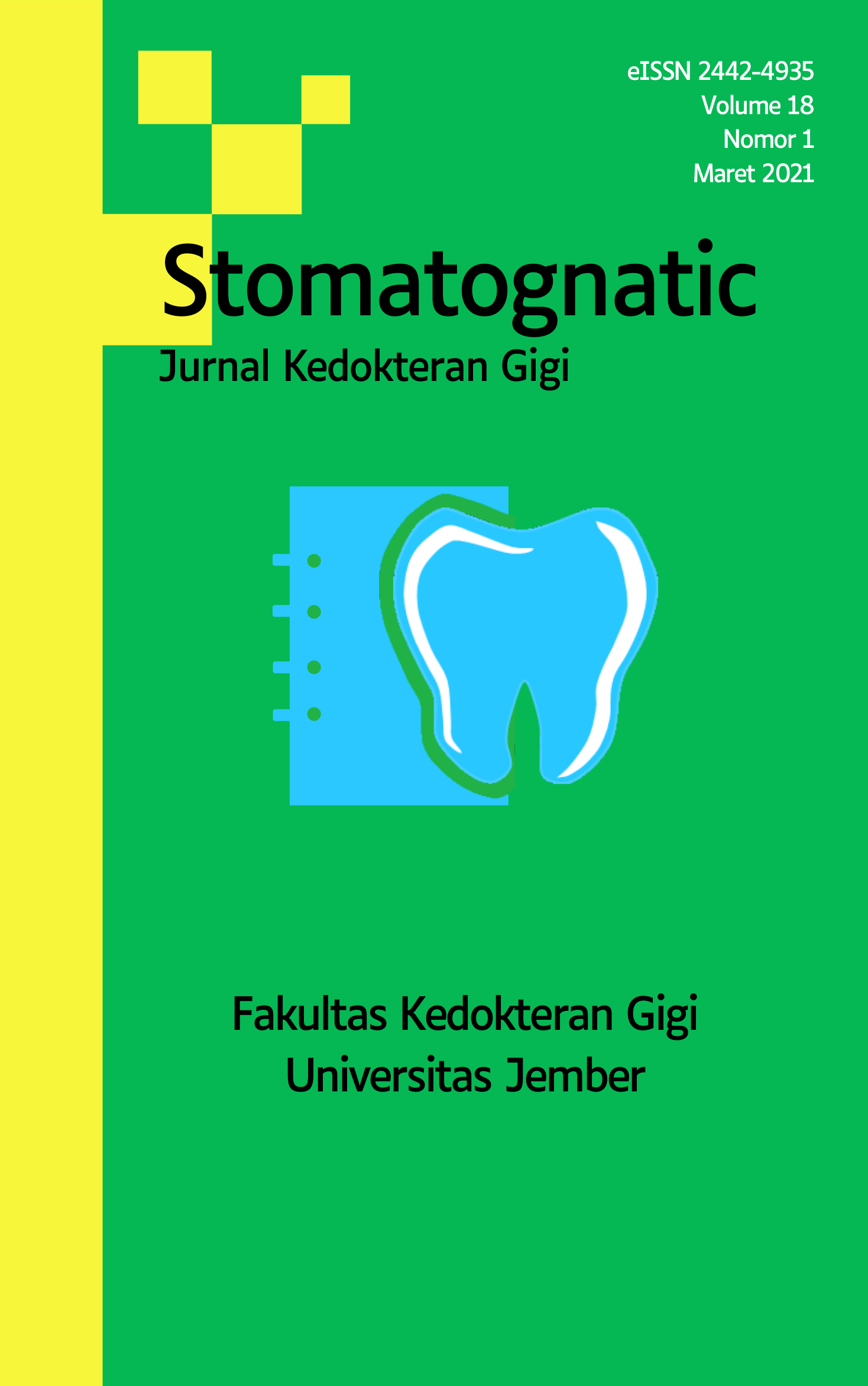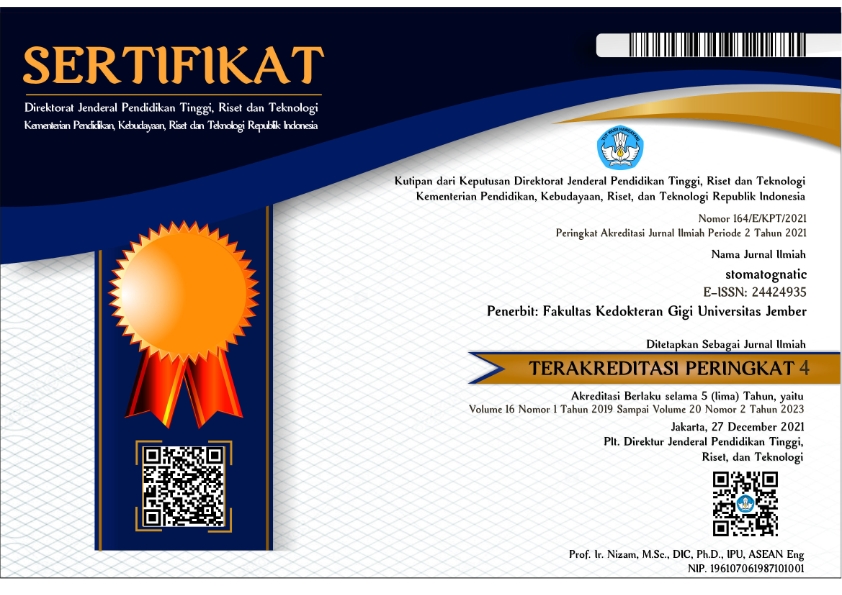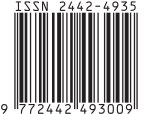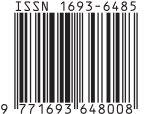Kode Klasifikasi Penyakit Standar Internasional untuk Dokter Gigi
Abstract
The International Classification of Disease (ICD-10) is a disease classification system by giving an alphabetical code and a number. ICD-10 is used, among other things, for the purposes of reporting and insurance claims at health service both primary health centers or clinics and hospitals as well as secondary service places. Currently, almost all Indonesian people have participated in health insurance. Health insurance applies ICD-10 for claim processing. Therefore, dentists must recognize the disease code based on the ICD-10. Neither dentist education nor professional colleges have introduced disease codes according to the ICD-10. This paper aims to provide information and explain how to classify oral diseases based on ICD-10. ICD-10 is a disease classification that is arranged based on a disease categorization system whose organization is in accordance with the criteria determined by the Word Health Organization (WHO). ICD-10 is used to translate disease diagnoses into numeric codes with the aim of making systematic and analytical records so that easy to store, search and re-analyze. The dentist profession association collegiums need to list the codes for dental and oral diseases according to ICD-10 and socialize it to members so that there is a common perception in writing ICD-10 codes.








